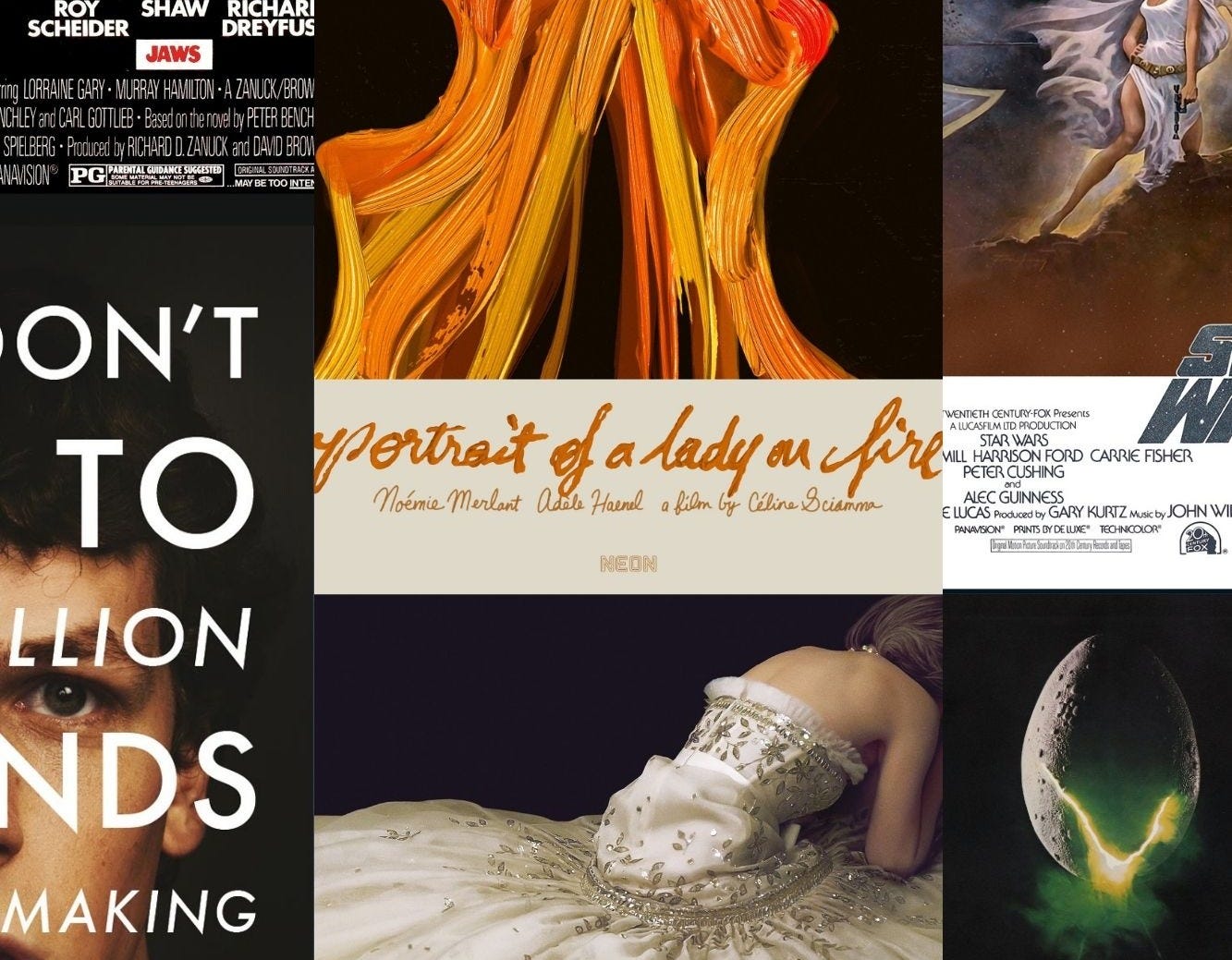The Art of Movie Posters
An interview with artist Aleks Phoenix on The Substance, Agencies, and his inspiration
Earlier this week, I ran a feature on movie trailers and I thought that it’d be nice to follow that up with an interview about the art of movie posters. Normally in the promotional cycle of a movie, you’ll see the release of the poster exactly one day before the t…
Keep reading with a 7-day free trial
Subscribe to It's the Pictures to keep reading this post and get 7 days of free access to the full post archives.




